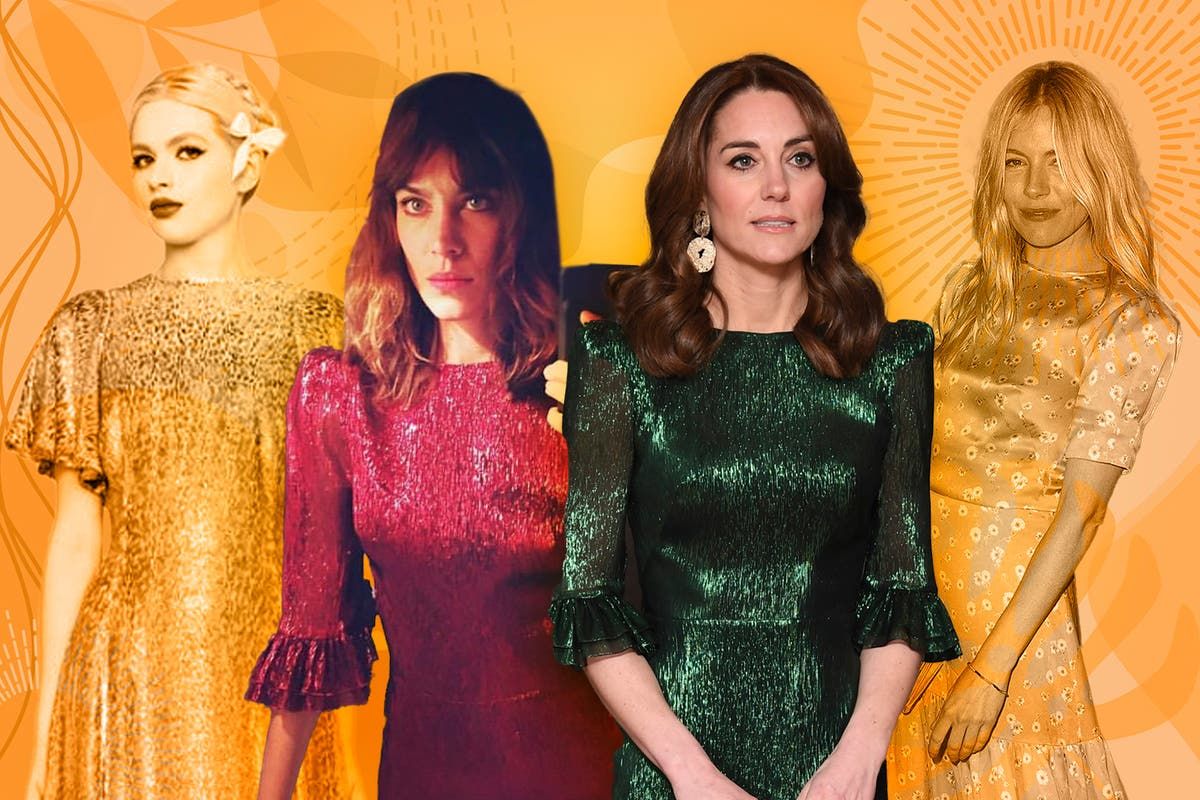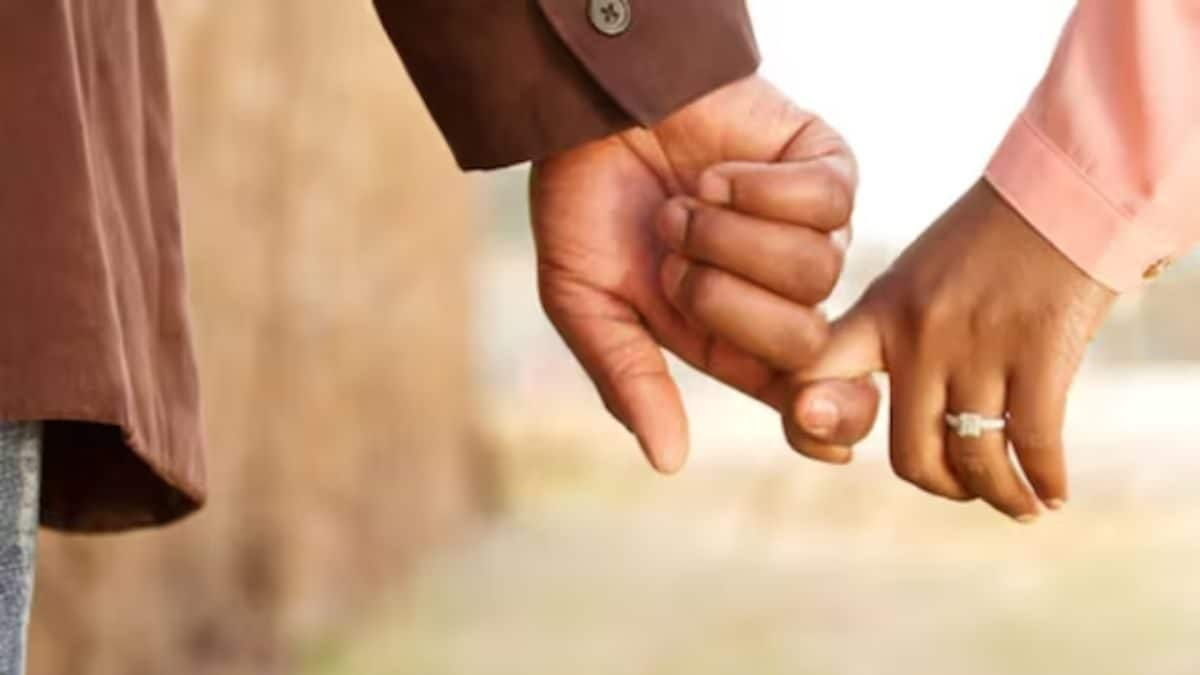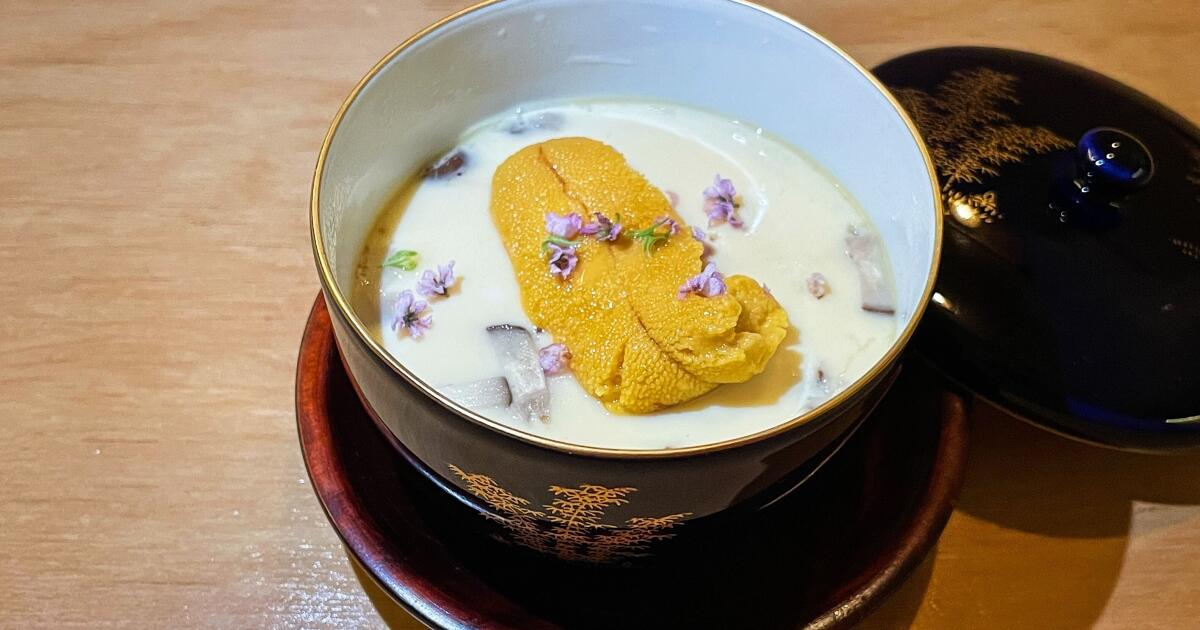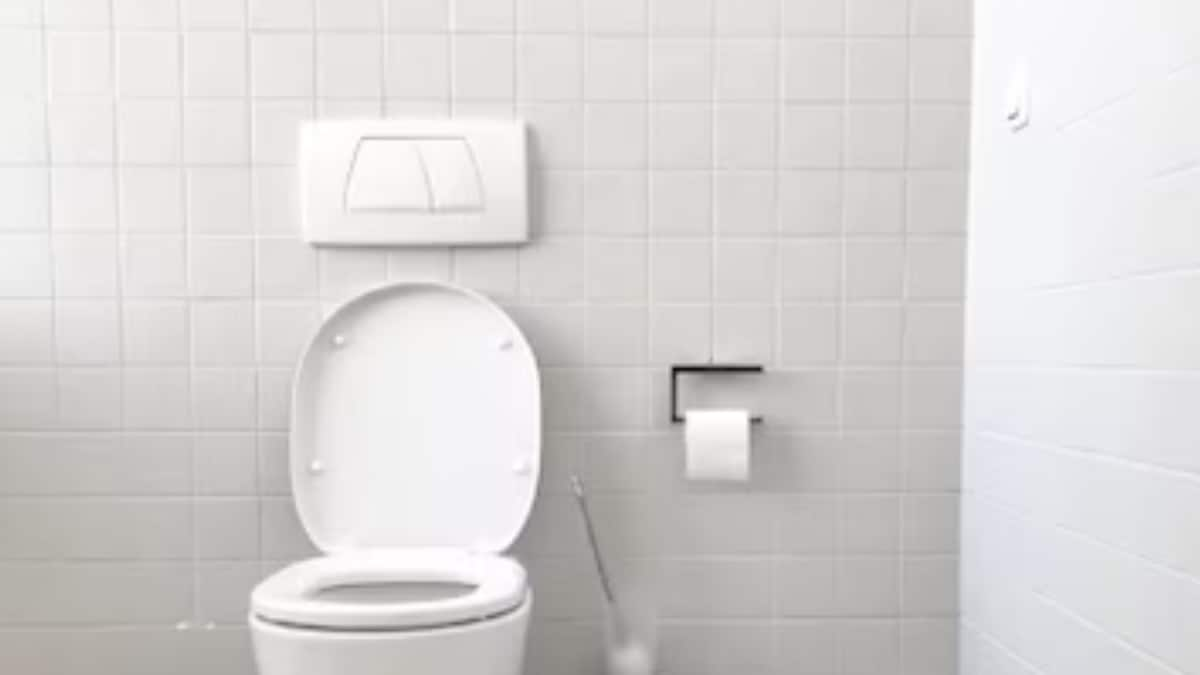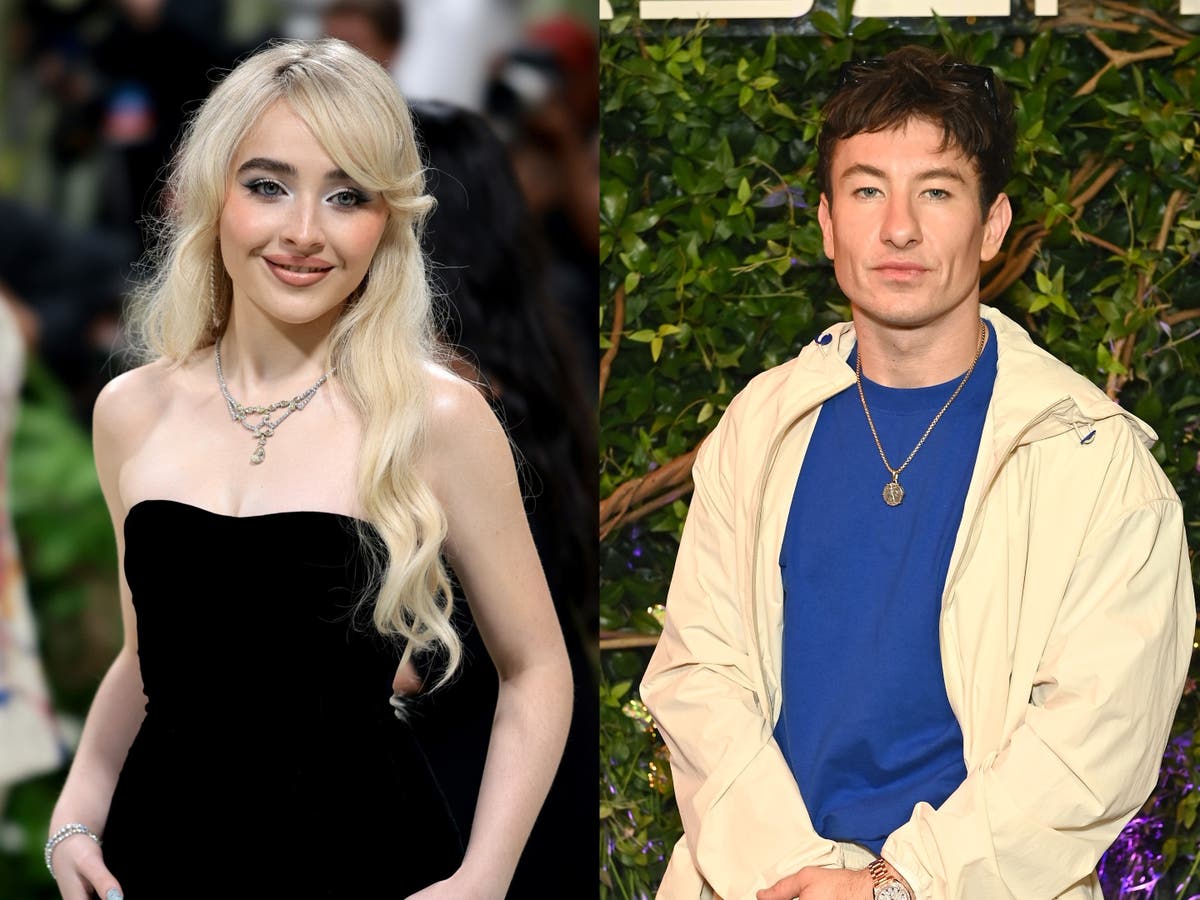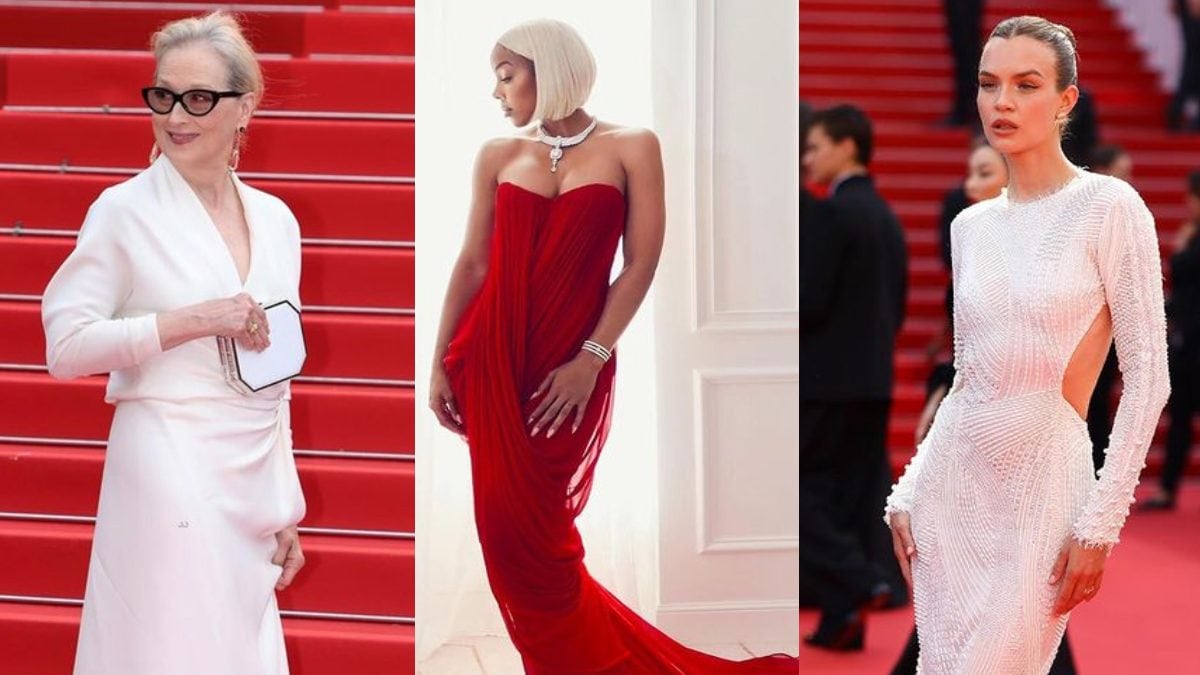PImagine the perfect dress. It is fitted and flattering. There are flourishes and flourishes in all the right places. And it manages to somehow be sophisticated, youthful and subversive at the same time, as if anyone who wears it is keeping a secret. Few brands make dresses like that these days, but The Vampire's Wife was one of them. Since it girl-turned-entrepreneur Susie Cave co-founded the brand with Alex Adamson in 2014, it's been a cult classic among the style set. Worn everywhere from festival stages to royal weddings, the brand boasted the most ostentatious fan bases, from Kate Moss to the Princess of Wales, who wore its green Falconetti dress to an official royal portrait in 2022. Two years earlier , Fashion named that dress the “dress of the decade.”
So imagine the surprise when Cave announced earlier this week that The Vampire's Wife would be closing. I received the news via email on Tuesday: “Despite a period of positive sales and growth, turmoil in the wholesale market has had dramatic implications for the brand,” a statement read. “The Vampire's Wife would like to express its sincere gratitude to all customers, partners and those who have used the brand these last 10 years. “Their support has been invaluable and we are deeply grateful.”
Cave followed up with his own farewell statement on Instagram, writing: “I say this with great sadness and want to express my eternal gratitude to all of you for your support. I want to thank my family at The Vampire's Wife who helped me create such beautiful things. I can't describe how much you have meant to me. Love you all, Susie x.”
Cue an entire fan base left helpless, confused and saddened. “You are amazing,” Claudia Winkleman wrote in the comments below Cave's post. “Dresses have never seemed more feminine and dreamy to me,” chimed in supermodel Karen Elson. “Thank you for the beauty and sensuality you have brought into our lives through your incredible clothes,” Bella Freud added. Even Patricia Arquette joined in and wrote: “You made some awesome clothes. May this next chapter of your life be kind and joyful.”
It's difficult to describe the dominance that one brand can have over an entire industry, particularly when today's market is increasingly saturated with small-scale brands that operate largely through social media. Perhaps the success of The Vampire's Wife was due in part to the clientele, which, in addition to royalty, included Sienna Miller, Greta Gerwig, Florence Welch, Olivia Wilde and Kylie Minogue. Perhaps it was thanks to Cave's reverential status as muse and wife of musician Nick Cave; Together, the genetically and artistically blessed pair is, and always has been, as effortlessly cool as their output.
But it could have simply been the dresses. Distinctive, well-constructed and with a litany of idiosyncrasies (puffed shoulders, ruffled sleeves, fitted), they were instantly recognizable to those in the know. Most importantly, though, The Vampire's Wife was one of those brands that meant something to people. Many wore Cave's designs on her wedding day, including actress Samantha Morton and beauty journalist Sali Hughes.
Many brands like The Vampire's Wife also struggled with Covid and were then hit by the rising costs of business caused by Brexit. I think there will be some difficult years to come.
Michelle Barrett, celebrity stylist
“I had never imagined myself wearing a traditional white wedding dress and wanted something that felt less structured, more feminine and made me feel like an elevated version of myself, rather than someone else entirely,” recalls Claire Cohen, who wore a silver Falconetti. for her wedding. “That's what Susie Cave did so well: she knew how to dress women so they felt as good as they looked. “I know this should be the case on your wedding day, but I've never received so many compliments on something I've worn and the silver material almost sparkles in the candlelight at our ceremony.” A week after Cohen's wedding, she saw Alexa Chung wearing the same dress: “That just made me feel like other women felt the same magic.”
Like her husband, Cave talks about creativity with a visceral urgency: “My imagination is based on folk art, fairy tales and mystical things,” she said. The Guardian. “It's a little scary in there. […] This is something I've dealt with my entire life, a sense of impending catastrophe, a dark force at the edge of my vision. I try to use this darkness to create beautiful and moving things.”
Running the brand was also an emotional outlet for Cave, whose son, Arthur, died at the age of 15 in 2015. “I get lost when I design,” he told the daily mail in 2018. “Time flies. It's actually an absolute gift, because the worst thing happened to me. “I channel all the positive energy I can into creating clothes.”
All of these things are part of what made The Vampire's Wife so special. You weren't just buying a brand, you were buying something meaningful. I have been lucky enough to wear Cave's designs on several occasions, including vacations and weddings. The most memorable moment, however, was when I wore one of the brand's floor-length fuchsia dresses in the most unlikely of settings: a close friend's funeral. His passing was sudden and we all chose to wear pink to celebrate his life. Vibrant, playful, and covered in ruffles and swirls, that dress was the tightest outfit I could think of; He made me smile.
Cave has not yet given more details about the reasons for the closure of his brand. But the closure speaks to a much broader problem in the industry. Designer Mara Hoffman, for example, also revealed this week that she is closing her eponymous brand, and after 24 years. On her Instagram, the CFDA Sustainability Award winner announced that her summer 2024 collection would be her “last offering for the time being.” speaking to FashionHoffman, whose work rose to fame thanks to the support of the legendary Sex and the city Stylist Patricia Field explained that her business model was no longer sustainable.
“There aren't many companies that have done this successfully for as long as we have,” he said. “And the reality is that the financial demands placed on a small business make it almost impossible to be privately owned and managed after a certain point.”
“I'm left wondering what a brand has to do today to survive,” says Amy Roberton, denim consultant and creative director of sustainable brand Seventy + Mochi. “As a creative director and brand manager, I know how difficult it is to achieve that perfect combination of quality, innovation and appeal balanced with the right price and, most importantly, today, to offer all that in a product that is not destroying our planet or harming the people who create it. The reality is that, in addition, we all have to earn money in the chain to be able to survive.”
It doesn't help that there have also been major closures elsewhere. Just two months after buying online luxury retailer Matches for £52 million, Frasers Group announced it was closing the business. Meanwhile, after 130 years operating as London's iconic department store, Fenwick closed its doors.
“The struggles of British department stores are widely known, but unfortunately they have often been a traditional sales channel for boutique brands,” says Rachael Wood, managing director of luxury cashmere brand Chinti & Parker. “With the closures and struggles of these wholesalers, smaller brands are suddenly left with fewer places to sell their products and greater competition for those still operating.”
In many ways, it is difficult to know where the problem begins and ends. “It's almost a dead end in the sense that designers work very hard to be independent, but are heavily reliant on bigger brands like Matchesfashion and Net-a-Porter,” adds Wood. “Furthermore, while marketplaces offer more control for a brand, the profit margin comes at a great cost.”
There's also the current issue of fast fashion, which offers shoppers who can't afford it or aren't interested in being environmentally conscious the opportunity to take advantage of trends for lower prices. “If boutique brands can't achieve similar economies of scale, it will be much harder for them to compete,” adds Wood.
“It's tough out there,” says Susie Nelson, fashion expert and owner of vintage emporium Modes & More. “All costs are increasing. Many brands have excess stock that they need to sell to free up funds for production and design. Investors are cautious about financing themselves in the current market. And many customers have decided to rent instead of buy expensive items for special or gala events. “Also, the younger generation is against buying new products and looks for vintage or other sustainable alternatives.”
For The Vampire's Wife in particular, one difficulty might have been the pandemic (since no one was going anywhere for a while, let alone somewhere you'd wear a designer dress), but another was the price; the aforementioned Falconetti costs around £1,500. “Most people are cutting back on their purchases, especially for special occasions, and reusing what they already have,” says celebrity stylist Michelle Barrett. “Many brands like The Vampire's Wife also struggled with Covid and were then hit by the rising costs of business caused by Brexit. I think there will be some difficult years to come. “British fashion as a whole will survive, but we will probably see more brands fall before this time of austerity ends.”
It's hard to know what the future of British fashion will look like at the moment. Few brands had the sentimental, social and sartorial value of The Vampire's Wife. “The Vampire's Wife had a unique aesthetic that resonated with a lot of people,” adds Wood. “It is a stark reminder of how the fashion industry is constantly evolving. “The closure raises questions about how more needs to be done to support these companies and ensure a diverse and thriving fashion industry.”

